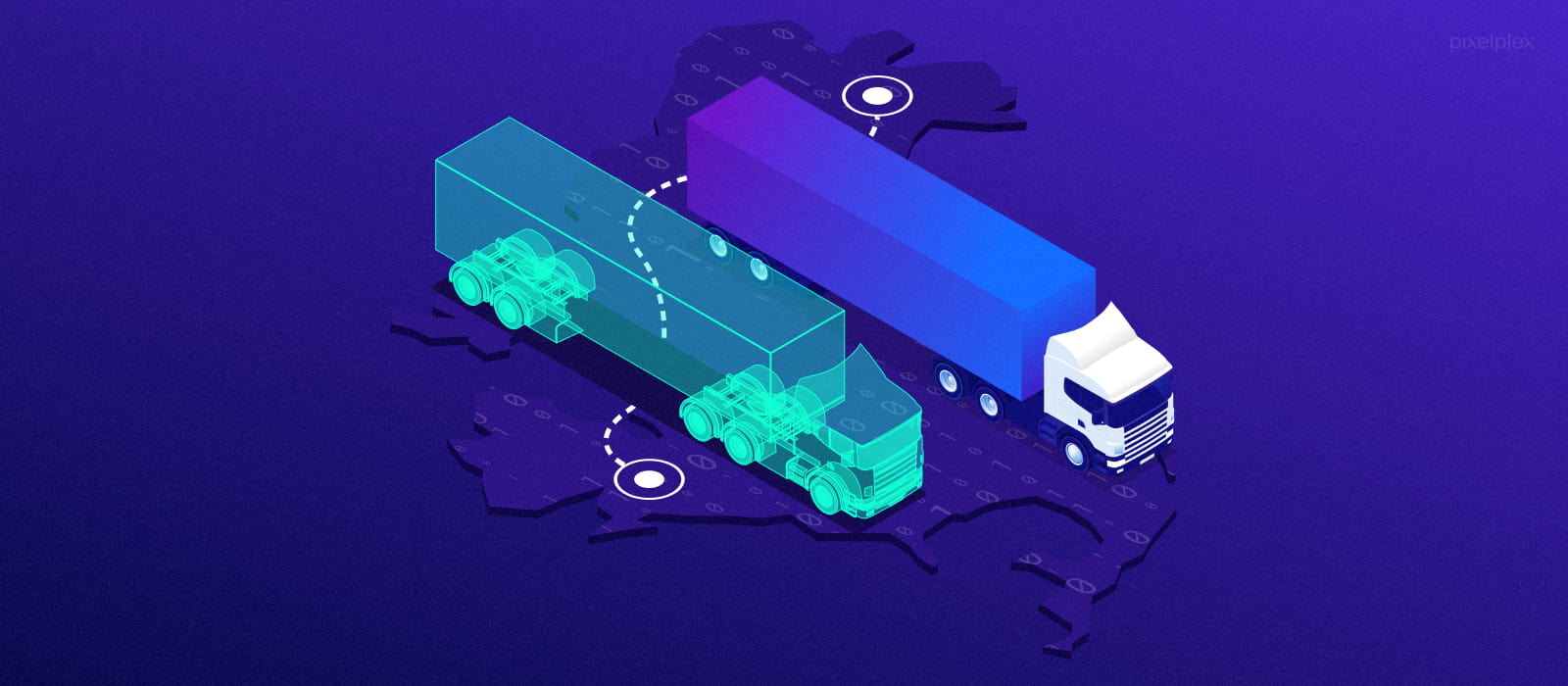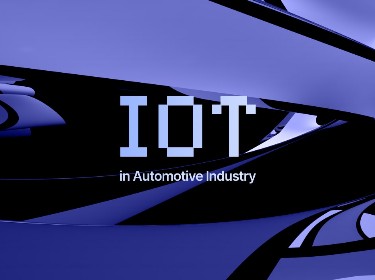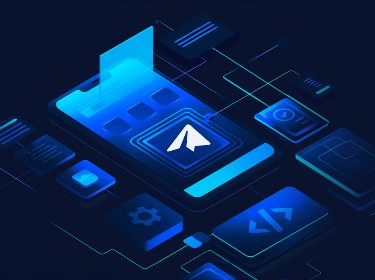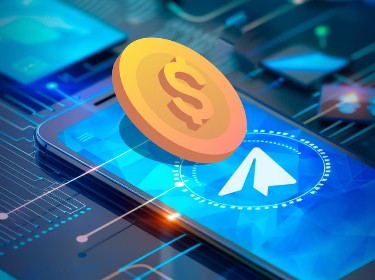The world has become more unpredictable than ever. Whenever change takes place, it’s supply chains that are among the first things to be disrupted. Digital twin is the technology that can help logistics to react immediately to changes and quickly adapt to them.
In 2021, just over a year since the beginning of the COVID-19 pandemic, global supply chain disruptions cost large businesses on average around $184 million. For the U.S., the financial losses were even greater, with the estimated average annual cost amounting to $228 million, according to the respondent organizations.
Since then companies have taken major steps to overcome disruptions and build resilience in their supply chains. One of the measures has been supply chain digitization. According to McKinsey & Company’s 2022 survey, 90% of 113 supply chain leaders worldwide report that they invested in digital supply chain technologies in 2021, and over 80% were planning to continue investing in 2022 and beyond.
A digital twin is among the technologies that are driving the digitization of the supply chain today, helping companies mitigate risks and increase their resilience in the face of new challenges.
Read on to find out more about supply chain digital twins: what they do, how they differ from simulation models, what benefits they bring, and what applications are already out there.
Let’s get started!
What are digital twins in supply chain?
A supply chain digital twin is a precise virtual replica of a physical supply chain system that utilizes real-time data obtained from sensors and IoT devices. Digital twins mimic the behavior and performance of the actual system, giving businesses the ability to simulate various scenarios, stress test newly developed systems, avoid risks, address problems in a timely manner, and make better and more data-driven decisions.
In addition, supply chain digital twins will mirror assets, transactions, and generally any communications and operations happening in the supply chain. This helps businesses to constantly monitor the processes, receive real-time updates, and make quick and efficient adjustments.
Learn more about our supply chain and logistics software development services and see what solutions we can create for your business
Supply chain digital twin vs simulation model: what’s the difference?
![]()
Both supply chain digital twins and supply chain simulation models are extremely helpful tools for supply chain management. Despite their similarities, they serve very distinct purposes. Let’s find out what makes them different from each other.
Real-time data vs set parameters
Digital twins in supply chain use real-time data such as inventory levels, shipping progress, truck locations, asset quantity, and transportation conditions. This helps a business to constantly track and monitor assets all the way from warehouse to destination, as well as to assess the state of the entire supply chain, alert employees of any abnormalities, and ultimately create detailed forecasts based on the most recent data.
Meanwhile, supply chain simulation models use specific parameters set by the developers. This enables them to see how the system will work. Simply put, developers pose “what-if” questions and test how different components interact with each other and solve issues.
In general, if an organization develops a highly realistic simulation model that is fed with both structured and unstructured data and utilizes advanced analytics, then the model will be capable of determining precise outcomes to different scenarios. It is a great tool, but it does not have the ability to monitor the system 24/7 in real-time — unlike supply chain digital twins.
What is happening vs what could have happened
Digital twins answer the question “What is happening in the supply chain right now?”, while simulations only show what could have happened to the supply chain “if…”
When supply chain developers make changes to the simulation model, those changes may be based on previous experience and data or even the imagination of the developers, rather than what is actually happening at the present moment.
With a digital twin, employees can at any time see how the system is working, and what is going on there at that very specific moment. They can then make improvements based on what they actually observe in real life.
Studying numerous processes vs focusing on one particular process
Supply chain simulation models usually focus on studying only one particular process in the supply chain system. Meanwhile, digital twins are capable of running numerous simulations to monitor and study any number of processes.
Blockchain in logistics? Yes, please. Here is how we advised LaneAxis on building their blockchain-based cargo network
What are the benefits of implementing digital twins in the supply chain?
Implementation of digital twins in the supply chain boosts its efficiency and performance, improves agility, and allows for better decision-making, as well as more accurate predictions and risk assessment.
Let’s take a closer look at each of these benefits.
Boost to efficiency and performance
Supply chain digital twins enable organizations to visualize and optimize their end-to-end supply chain operations in one virtual environment, allowing for fast identification and resolution of inefficiencies and bottlenecks.
The organization will receive alerts and notifications and will be able to react to them in a timely manner, thereby boosting the efficiency and performance of the entire supply chain. This will result in higher profits as well.
Improved agility and better decision making
By using digital twins, organizations will be able to make more informed decisions: this is because the data they receive is not theoretical, but genuine and up-to-date.
Companies will also detect issues much sooner, quickly figure out what needs to be fixed, and will be able to visualize the outcomes of changes. Therefore, digital twins in supply chain will help significantly improve agility in sensing and reacting to possible disruptions.
More accurate predictions and risk assessment
Digital twins can make more accurate predictions and enable better risk assessment for the supply chain in several ways.
Firstly, by collecting and analyzing current data, supply chain digital twins allow for more precise modeling and forecasting. Secondly, by simulating different scenarios, it is possible to identify and evaluate potential risks and their impacts, which helps to create better risk management strategies.
Lastly, digital twins can leverage machine learning and artificial intelligence algorithms to learn from historical data and make more accurate predictions about future events in a specific supply chain.
Check out how digital twins benefit the manufacturing industry
What are the main applications of digital twins in supply chain?
![]()
Our R&D team conducted research and development services to shortlist key applications of digital twins in the supply chain. Let’s see what exactly is involved in each use case.
Bottleneck identification
Digital twins can play a critical role in identifying and resolving issues in the supply chain. They achieve this by constantly collecting data and analyzing it in real-time. For instance, when using digital twins for shipments, organizations can utilize sensors to track the transportation process and send data to digital twins, which will be able to spot performance bottlenecks along the way. With this information, issues can be resolved quickly and with minimal human intervention.
This agile approach to problem-solving and decision-making enables supply chains to operate more smoothly while benefiting both customers and businesses alike.
Inventory management
Digital twins in the supply chain can provide real-time visibility of inventory levels, allowing for more accurate and efficient inventory management. They can also simulate various scenarios and provide analytics on how inventory levels can be optimized. This helps reduce waste while also minimizing overall production and storage costs.
In addition, supply chain digital twins can enable automated inventory tracking and send signals about replenishments. This can reduce manual labor and improve accuracy.
Transportation mapping
Digital twins enable organizations to assess changes in demand and supply and see how they affect the supply chain — how many vehicles are necessary for transportation, how loaded they are, and if their number should be increased or reduced.
Therefore, by observing real-time data, employees can plan transportation routes and resources faster and more efficiently.
Introduce yourself to Scargos — a complete logistics solution for shippers, carriers, and drivers developed by PixelPlex
Planning and forecasting
A digital twin for supply chain can assist organizations with planning and forecasting their future requirements: for example, changes in consumer demand, disruptions, or the need for new technologies or processes. They can also forecast the potential impact of innovations and thus prepare companies for what’s coming next and point the way to any necessary innovations.
Closing thoughts
Digital twins have the potential to completely transform supply chain management. They can help organizations optimize their communications and operations, reduce costs, and improve customer satisfaction.
If you’re ready to explore the potential of digital twins in your business, our custom development software team is here to help. We can create a custom solution that will meet your unique requirements, helping you stay ahead of the competition and achieve long-term success.
Contact us today to get started!




